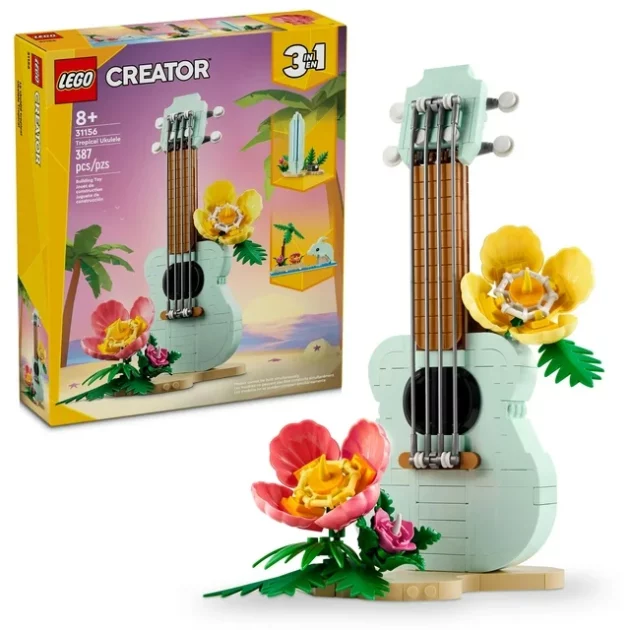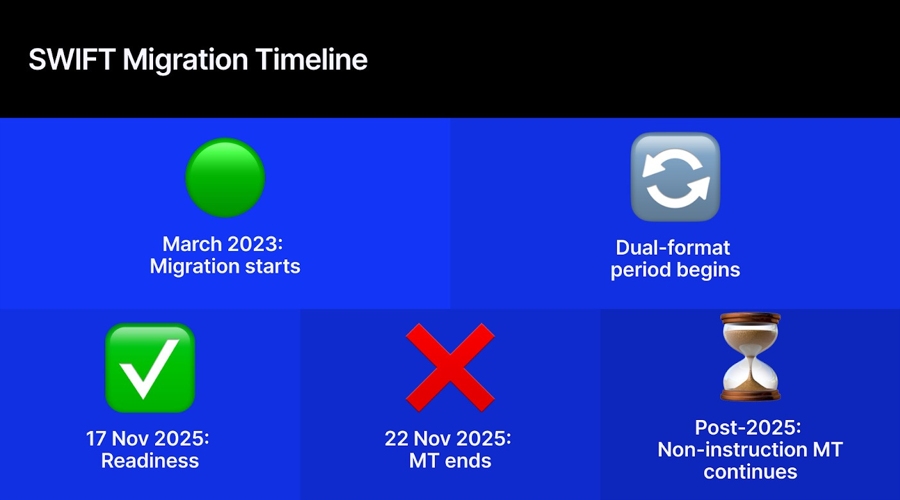The small and medium-sized microfinance lenders more than often struggle to mobilise funds while banks are generally more liberal in opening their purse strings for the bigger NBFC-MFIs.
The dedicated special-purpose funding body can address this gap, sector leaders said.
“Although the Small Industries Development Bank of India (Sidbi) had played a major role in the earlier period, its focus is diverse and may not be able to provide focused attention on MFIs. Mudra Ltd, which was created for providing loans up to ₹10 lakh to the non-corporate, non-farm small/micro enterprises, is also not an exclusive institution for MFIs,” said Jiji Mammen, executive director at Sa-Dhan, one of the two national level self-regulatory organisations for the sector.
In Bangladesh, there is a dedicated institution called Palli Karma Sahayak Foundation (PKSF) established by the government to provide debt support to the country’s not-for-profit micro lenders.
“There is a need to create such an institution in India for the growth of the MFI sector,” Mammen said.
A team comprising chief executives of NBFC-MFIs and flag bearers of AMFI-WB and Sa-Dhan recently visited Bangladesh to study the microfinance model that prevailed in the country of Nobel winner Muhammad Yunus and operations of institutions like Grameen Bank, ASA Bangladesh, BRAC and BURO Bangladesh.”Having restrictions on access to deposits, the MFIs in India are dependent on funding from banks and financial institutions. The lending policies and criteria of each lending institution even during situations like the pandemic or natural disasters that are beyond the control is rigid. This restricts availability of funds for MFIs, more so for the small and mid-sized ones. Therefore, when more funds are required for on-lending to clients for rehabilitation, the sources dry up,” said Anjan Dasgupta, managing director of ASA International India Microfinance.
This calls for the need for having a dedicated apex lending institution for funding the MFIs in addition to existing lending institutions, said Dasgupta, who is also the secretary of Association of Microfinance Institutions-West Bengal (AMFI-WB).
The Indian microfinance chief executives also explored the possibility of receiving PKSF’s technical expertise in setting up the umbrella funding organisation.
“We will be happy to lend our expertise and support in your endeavour,” PKSF managing director Nomita Haldar said.
Another strength of the Bangladesh model is that the country’s MFIs are allowed to accept deposits and this constitutes the bulk of their funding source, Dasgupta said.







































